| Introduction. The village of Lowville was settled by the Reverend Daniel Pickett and his family. Pickett was an early Methodist circuit preacher, who was born in New Milford, Connecticut in 1774. In 1822 he received a land grant on the north side of Mount Nemo and this land became the site of the village of Lowville. Joseph Colling emigrated from |
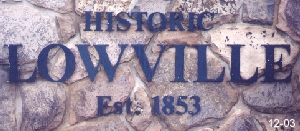 |
England to the Lowville area in 1819. By the 1860's Lowville had become a very busy commercial centre. It had a hotel, blacksmith shop, saddle maker, wainwright, tanner, shoemaker, miller, post office and general store, flour mill, cheese factory, foundry for farm implements, and a furniture factory.
Location. Guelph Line and Britannia Road area. |
| . |
| All photographs are copyrighted. Do not reproduce without written permission. © All-Inspec Ltd. |
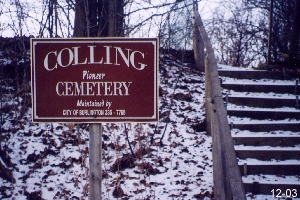
Colling Cemetery. Guelph Line.
South of Britannia Road, east side.
|
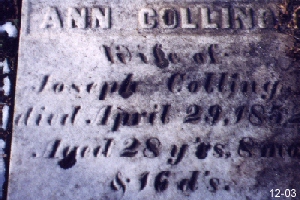
Ann Colling Wife of Joseph Colling died on
April 29, 1852. Aged 28y'rs, 8 mo's & 16 d's
. |
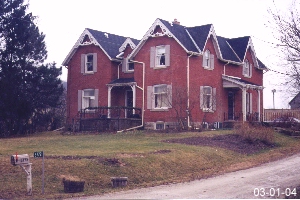
5772 Guelph Line. 1890/1900
This house may have been built by Joseph Colling.
|
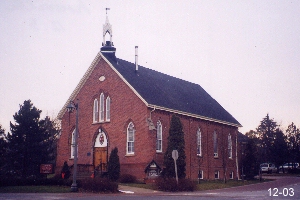
5800 Guelph Line. 1872
The Lowville Methodist Church was built on land
donated by Joseph Colling.
Since 1925: Lowville United Church
.
|
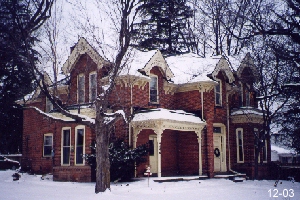
6006 Guelph Line. 1883
This former Methodist Church parsonage was built
on land
donated by Thomas Colling .
.
|
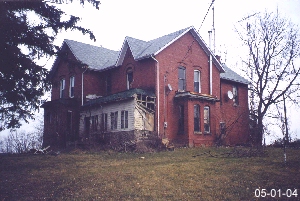
3048 Britannia Road. 1886
|
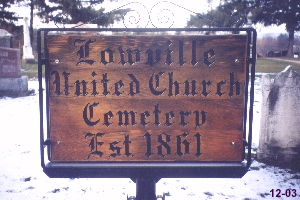
Britannia Road. West of Guelph Line.
.
|
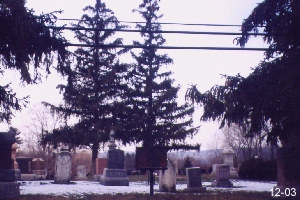
Lowville United Church Cemetery.
|
|